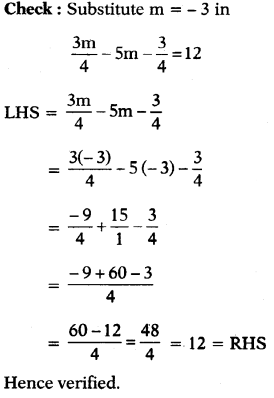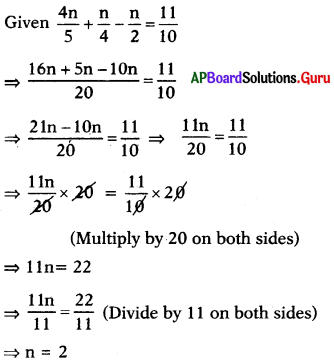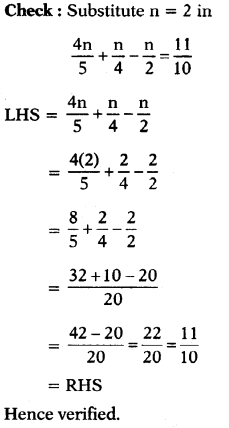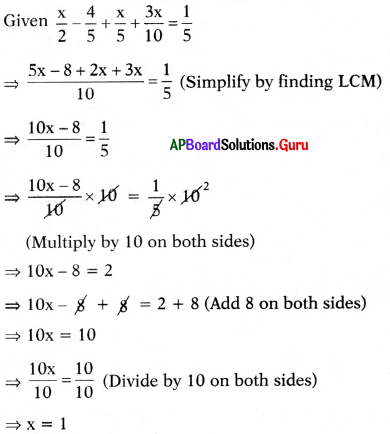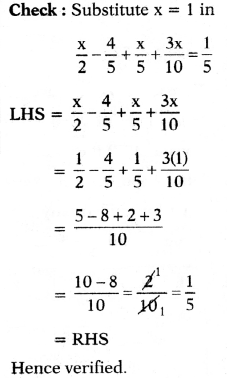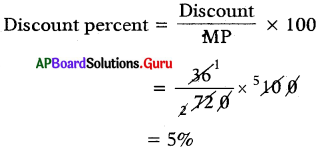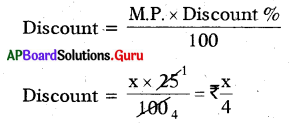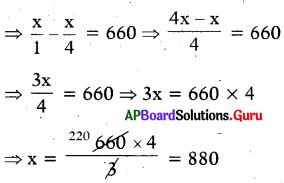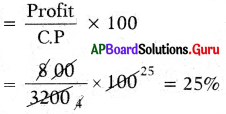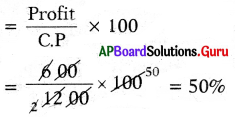SCERT AP 7th Class Maths Solutions Pdf Chapter 6 Data Handling Ex 6.2 Textbook Exercise Questions and Answers.
AP State Syllabus 7th Class Maths Solutions 6th Lesson Data Handling Ex 6.2
Question 1.
Find mode of the following data.
(i) 2, 3, 7, 5, 3, 2, 6, 7, 1,2.
Answer:
Given data : 2, 3, 7, 5, 3, 2, 6, 7, 1,2.
By arranging the numbers with same values together
1, 2, 2, 2, 3, 3, 5, 6, 7, 7.
As 2 occurs more frequently than other observations in the data.
∴ Mode = 2
![]()
(ii) K, A, B, C, B, C, D, K, B, D, B, K, A, K.
Answer:
Given data : K, A, B, C, B, C, D, K, B, D, B, K, A, K
By arranging the letters in the alphabetical order of same type together.
A, A, B, B, B, B, C, C, D, D, K, K, K, K.
As B and K occurs most frequently than other observations in the data.
∴ Mode = B and K.
(iii) First ten natural numbers.
Answer:
First 10 natural numbers are 1, 2, 3, 4, 5, 6, 7, 8, 9, 10.
In the given observations there is no repeated number.
So, the given data has no mode.
(iv) 2, 2, 3, 3, 4, 4, 5, 5, 6, 6, 7, 7, 8, 8.
Answer:
Given data : 2, 2, 3, 3, 4, 4, 5, 5, 6, 6, 7, 7, 8, 8.
In the given observations, data is repeated an equal number of times. .
So, the given data has no mode.
Question 2.
20 students were participated in ‘SWATCH BHARAT ABHIYAN’ campaign. The number of days each student participated were 5, 1, 2, 4, 1, 2, 3, 2, 1, 2, 3, 2, 5, 3, 4, 2, 1, 3, 4 and 5. Find mode of the data.
Answer:
Given data 5, 1, 2, 4, 1, 2, 3, 2, 1, 2, 3, 2, 5, 3, 4, 2, 1, 3, 4, 5.
By arranging the numbers with same value together
1, 1, 1, 1, 2, 2, 2, 2, 2, 2, 3, 3, 3, 3, 4, 4; 4, 5, 5, 5.
As 2 occurs more frequently than other observations in the data.
∴ Mode = 2.
Question 3.
The number of goals scored by a 3, 2, 4, 6, 1, 3, 2, 4, 1 and 6. Find the mode of data.
Answer:
Given data: 3, 2, 4, 6, 1, 3, 2, 4, 1, 6.
By arranging the numbers with same values together.
1, 1, 2, 2, 3, 3, 4, 4, 6, 6.
In the given observation, data is repeated an equal number of times.
So, the given data has no mode.
![]()
Question 4.
Find the mode of letters in the adjacent figure. Verify whether it is Unimodal or Bimodal Data.
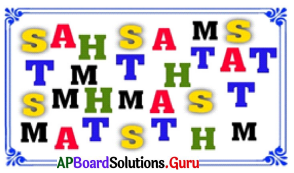
Answer:
In the figure data is: S, A, H, S, A, M, S, T, M, T, H, % A, T, S, M, H, M, A, S, T, M, A, T, S, T, H, M.
By arranging the letters, of same type together.
A, A, A, A, A, H, H, H, H, M, M, M, M/M, M, S, S, S, S, S, S, T, T, T, T, T, T, T.
As T occurs most frequently in the data.
∴ Mode = T
Data having only one mode is known as unimodal data.
So, given data is unimodal data.


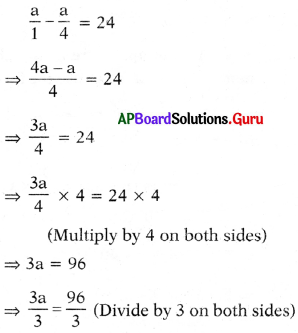
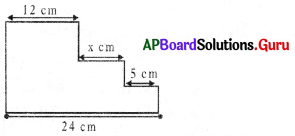
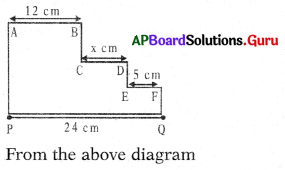





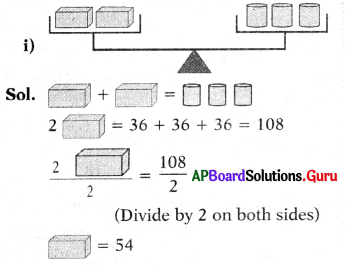
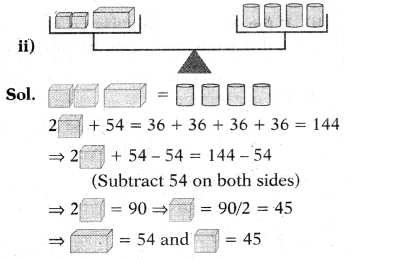
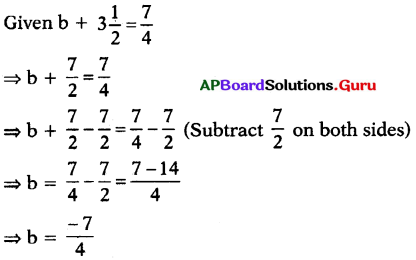
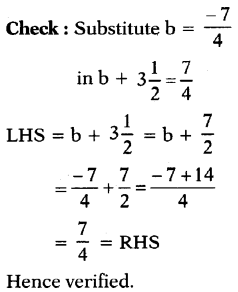
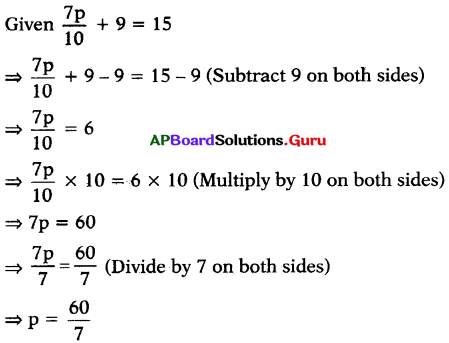

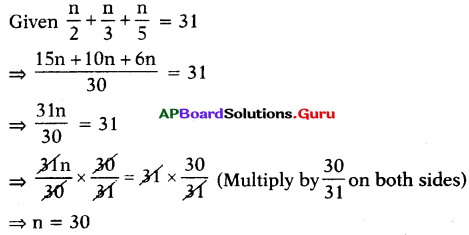
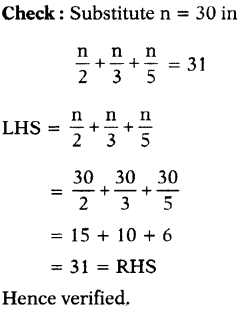
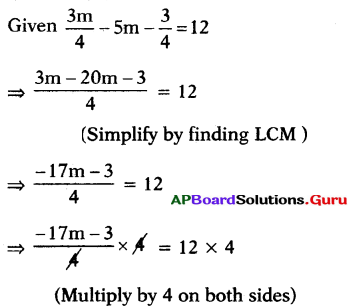 ⇒ – 17m – 3 = 48
⇒ – 17m – 3 = 48